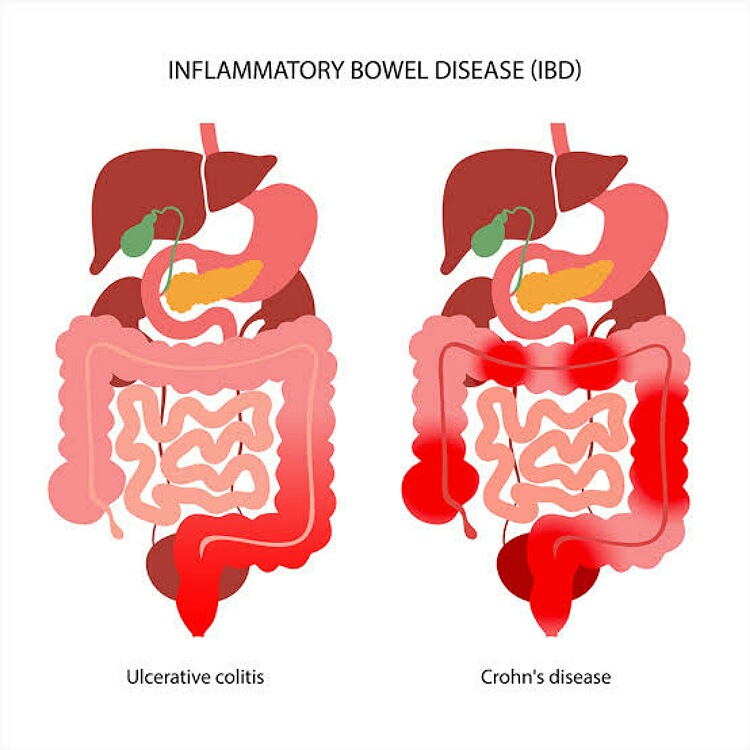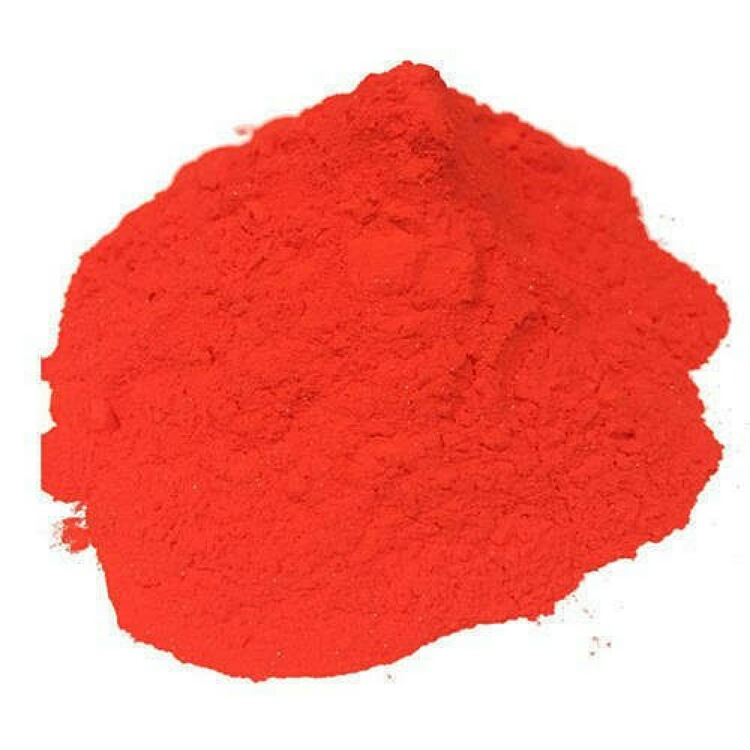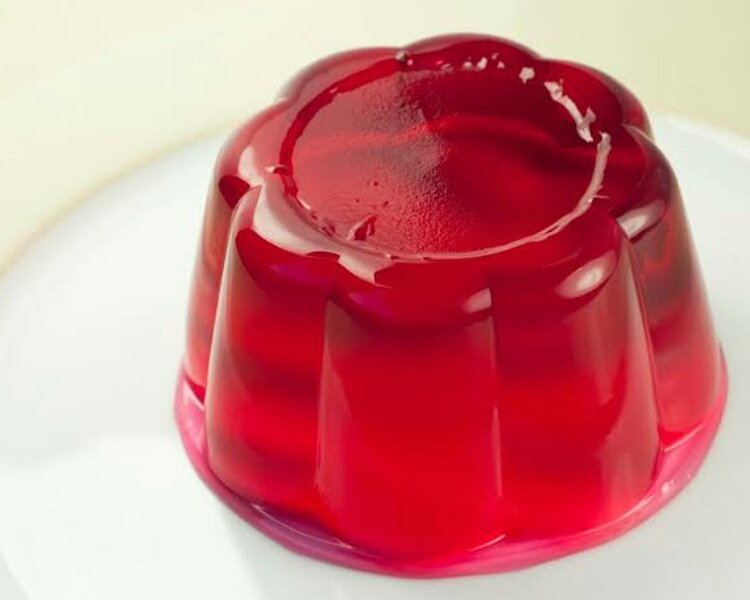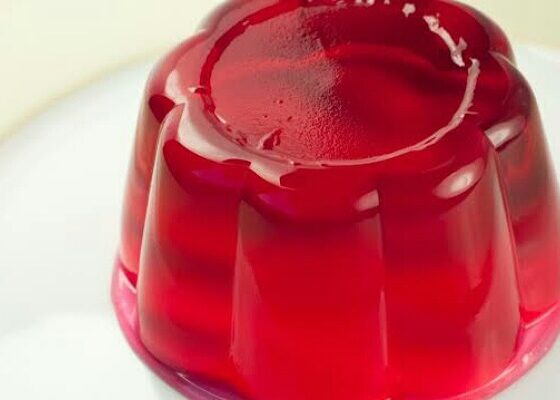A recent study found that the red food color, Allura Red can induce gut inflammation. It can cause inflammatory bowel disease or IBD.
Everyone is fond of the ready to eat and convenient packaged foods available in major supermarkets, grocery stores and also in fast food chain outlets and restaurants. They are delicious but not necessarily healthy. Since, they have a number of food additives in them. And some of these can harm the body. Allura red is one of the food colors that causes harm, a new animal study has shown.
Foods and food additives
The processed foods that we buy in the supermarkets and fast food chain outlets contain a lot of food additives. These include thickeners, emulsifiers, flavoring agents and coloring agents. These are ‘generally recognized as safe’ or GRAS but some can harm in unknown ways.

Food manufacturers add these food additives in order to enhance the look, color, flavor, texture, and taste of foods. Therefore, the foods look attractive and people get temptations to eat it. One cannot resist them. But these food additives can do more harm than good.
A new mice study published in the reputed medical journal Nature Communications found that the red food dye Allura red can induce inflammation and colitis and is therefore harmful for the body.
Allura red and the colitis in mice
Inflammatory bowel disease is a condition of chronic inflammation of the gut. In 2015, around 3 million people in the USA suffered from it. In 2017, 6.8 million cases were reported globally.
There is increasing evidence to show that diet contributes to this disease. Past studies have shown that titanium di oxide alters the gut flora and function. Red food dye Allura red is common used in the food industry of the USA.

The researchers took the study in mice to know its effect on the gut mucosa. They studied the effect on serotonin production of four food dyes namely red food color, Brilliant Blue FCF, Sunset Yellow FCF, and Tartrazine Yellow. The serotonin production was maximum with Allura red.
The findings showed that the mice who had exposure to Allura red early in life had higher chances of gut inflammation or colitis. This happened with chronic exposure and not intermittent exposure. This happened also in young mice wherein it altered the gene expression linked to antimicrobial responses.
The study showed that mice lacking the enzyme tryptophan hydroxylase 1 (TPH1) did not manifest colitis with Allura red. This enzyme is essential for synthesis of serotonin in the gut. This implies that the red color acts on the gut lining via the serotoninergic mechanism.
The red dye and foods
This specific red food color is part and parcel of a number of processed foods. These include breakfast cereals, other snack foods, candies, ice creams, dairy products and soft drinks. Those that invariably have them are the skittles, froot loops, strawberry fanta, Doritos Nacho cheese Tortilla chips, and Nabisco Oreo Winter Chocolate Sandwich Cookies.
Read here: 6 food additives that are harmful and should be avoided!

About the study, Dr. David Fudman, who is the assistant professor of medicine at the Digestive and Liver Diseases Division of the University of Texas Southwestern Medical Center says:
“The main limitation of these findings is that they were generated in mouse models of colitis, in which the colitis is triggered by exposure to a chemical. We cannot know whether the same would be found in humans with colitis. Because of this, we must be cautious in interpreting animal research data.”
